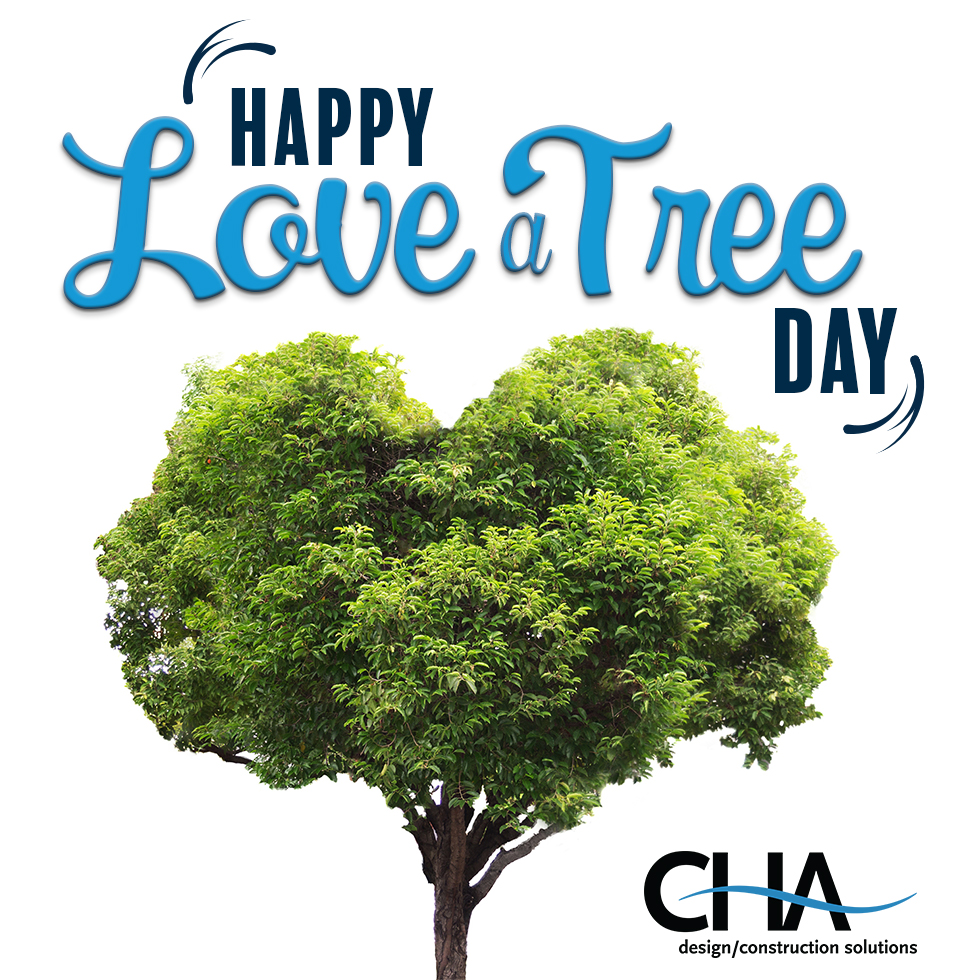Stay Safe on Love a Tree Day
Posted May 16, 2017
 When people traveled mostly by horse, a surprising number of fatalities were caused each year by trees falling on unsuspecting travelers on old roads and trails. This was often the result of someone cutting a tree down unaware of people in the vicinity. Today, hundreds of people are still killed by falling trees as a result of storms, high winds and tree-cutting accidents. For engineers, surveyors and anyone else who performs field work in forested areas, being aware of site conditions can be the difference between life and death.
When people traveled mostly by horse, a surprising number of fatalities were caused each year by trees falling on unsuspecting travelers on old roads and trails. This was often the result of someone cutting a tree down unaware of people in the vicinity. Today, hundreds of people are still killed by falling trees as a result of storms, high winds and tree-cutting accidents. For engineers, surveyors and anyone else who performs field work in forested areas, being aware of site conditions can be the difference between life and death.
Drill and fill practices, which kill invasive and weedy species of trees by applying herbicide directly into holes drilled in the trees, create dead standing trees, sometimes with full canopies. These decomposing trees can and do fall, usually during high winds and storms. Wind can topple perfectly healthy trees too. That is why field personnel should always be careful when entering forested areas or working around trees in gusty weather. Trees are also not safe havens from storms. Lightning strikes can snap trees in half, and under certain circumstances, electricity can boil sap rapidly, causing the tree to explode!
Active logging areas should also be avoided. Logging activities are exceptionally dangerous and must be respected—our work can wait. Lastly, remnant trees within areas that have been cleared for logging or development are vulnerable to wind-throw (toppling), because the cleared trees buffered them from high winds and provided support. Always know your conditions, remove yourself from the forest when storms are imminent, and keep your eyes and ears focused on your surroundings.
CHA is committed to a safety first culture in the office and out in the field. As part of our commitment to engineer safe solutions, CHA offers health, safety and industrial hygiene programs to properly evaluate and control workplace and environmental hazards. Read more about our health and safety services here: http://chasolutions.com/services/health-and-safety/